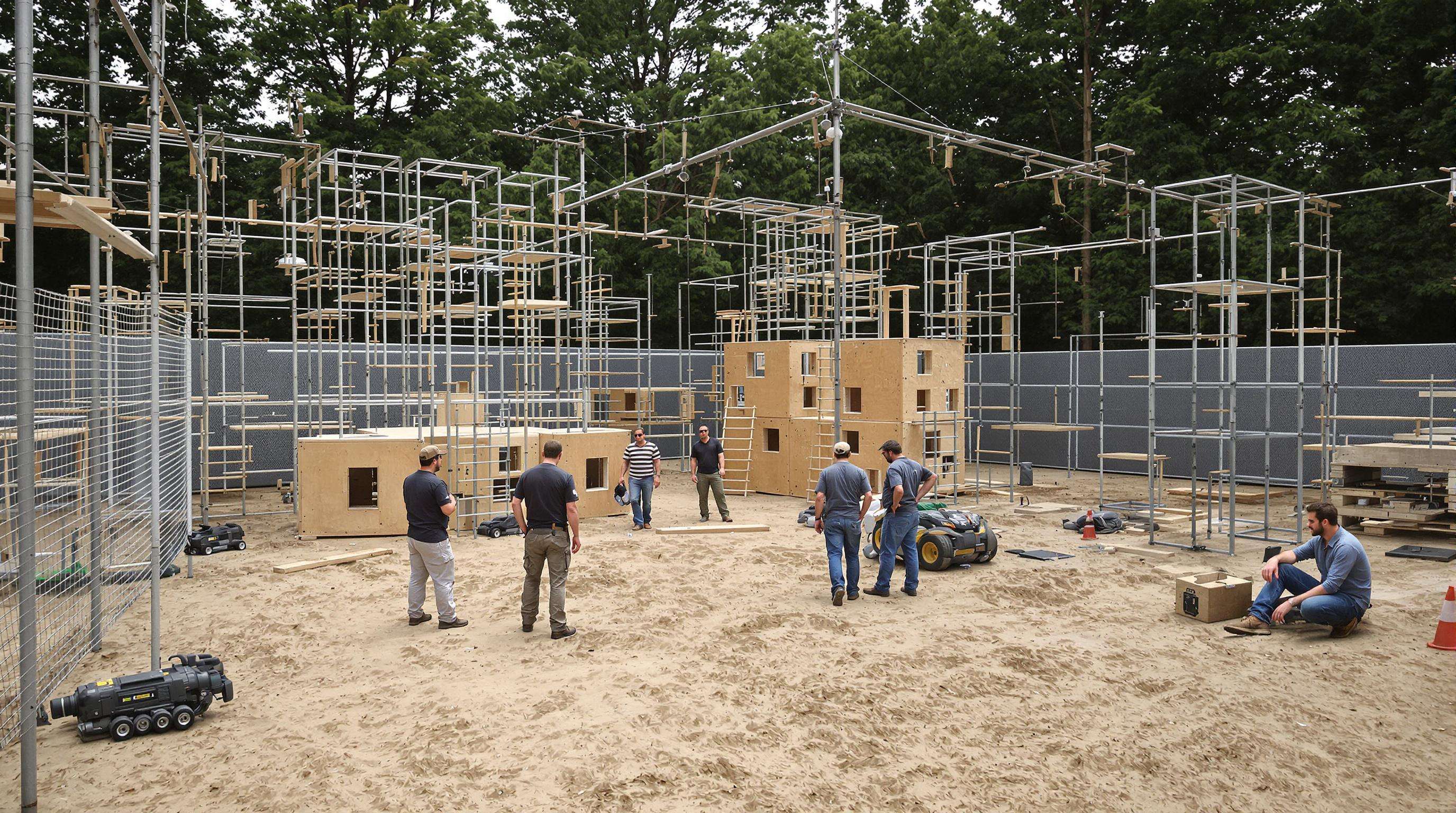Customizing Obstacle Courses for Corporate Team-Building Applications
The Impact of Custom Obstacle Courses on Team Dynamics and Engagement
How Obstacle Courses Enhance Communication and Collaboration
When companies set up custom obstacle courses, they're basically creating situations where staff need to really pay attention to what others are saying, assign jobs properly, and figure things out together. Think about those rope bridges that everyone has to cross at the same time or those puzzle walls that nobody can crack alone. These kinds of challenges make it impossible for anyone to work in isolation. The whole point is that these exercises reflect how actual workplaces function. People start seeing why it matters to pass along knowledge between different departments. After going through these team building activities, most employees come away understanding that good teamwork isn't just nice to have but essential for getting stuff done efficiently.
Boosting Employee Engagement Through Tailored Team Events
When companies personalize their obstacle courses by weaving in corporate values through challenge themes or tweaking difficulty levels according to how experienced teams actually are, it really shows they care about developing their staff. According to a Gallup study from 2023, businesses that create specific team building activities see around 41 percent better engagement numbers than those stuck with run-of-the-mill retreats. This just goes to prove that when employers put thought into designing these experiences, employees tend to get more motivated and feel better about coming to work.
Data Insight: 78% Increase in Collaboration After Customized Obstacle Course Participation
A 2024 Workplace Collaboration Study tracking 1,200 participants found structured obstacle courses improved cross-departmental cooperation metrics more effectively than traditional workshops. Teams completing customized challenges demonstrated:
| Metric | Improvement | Timeframe |
|---|---|---|
| Conflict resolution speed | 63% faster | 3 months |
| Joint project completion | 52% increase | Q2-Q4 |
These results reflect lasting behavioral shifts in how teams interact under pressure and coordinate across functions.
Linking Custom Obstacle Courses to Executive Team Building Goals
Smart companies today are connecting their obstacle courses to actual leadership goals. These training exercises put people through stressful decision points similar to what managers face daily. Some programs even have stages where participants must distribute limited resources, just like executives do when budgeting for new projects. When done right, these activities change how teams view regular bonding sessions. What was once seen as just another fun day out becomes something much more valuable for spotting future leaders and filling key positions down the road. Many HR departments now track performance on these courses alongside traditional metrics when evaluating candidates for promotion.
Design Principles for Effective Customization of Corporate Obstacle Courses

Aligning Obstacle Course Challenges with Team Objectives
Good customization starts when we connect real physical challenges with what an organization actually wants to achieve. Communication problems in teams? Synchronized activities work wonders, think about those timed rope courses where everyone has to coordinate perfectly. For leadership development, nothing beats scenario based decision making walls that force tough choices under pressure. Some research came out last year showing that when companies use activities that actually reflect their daily work situations, there's about a 37 percent boost in getting everyone on the same page regarding goals. That kind of makes sense doesn't it? Generic exercises just don't cut it anymore when what we really need is something specifically tailored for our particular challenges.
Adapting Activities by Department, Role, or Skill Level
Sales folks really get into their stride during those fast-paced relay style competitions where they have to solve problems on the fly. Engineering teams tend to shine when faced with complex puzzles that need everyone working together technically. The whole setup uses modular components so we can tweak the difficulty as needed. New hires often start with basic challenges like climbing over 4 foot high walls, while senior managers deal with tricky angled beams that test strategic thinking through special scoring methods. This approach keeps everyone engaged regardless of their experience level within the company.
Balancing Physical and Cognitive Challenges for Inclusive Engagement
Hybrid challenges like code-decoding balance beams accommodate diverse abilities, 75% of organizations report higher participation rates when combining mental puzzles with adjustable physical components. Sensory-friendly zones with tactile challenges and audio-free stations ensure accessibility for neurodiverse team members, promoting psychological safety and full inclusion.
Innovative Team Building Approaches in Outdoor and Hybrid Settings
Forest-based courses incorporating natural terrain obstacles boost creativity by 29% (Outdoor Leadership Institute 2023), while hybrid programs pair physical challenges with virtual reality collaboration modules for distributed teams. Weather-resistant digital scoring towers now enable real-time performance tracking across global locations, enhancing accountability and engagement regardless of setting.
Planning and Safety Considerations for Outdoor Obstacle Course Events
Logistical Planning for Large-Scale Corporate Outdoor Events
When organizing events for over 100 people, finding the right venue becomes critical. Look for places with flexible layout options and easy access to nearby hospitals or ambulances. After all, according to last year's Corporate Events Trends Report, about half (around 53%) of planners struggle most with getting everyone where they need to go quickly. Start planning for bad weather scenarios, set up water stations throughout the space, and figure out where to store gear at least two days before the event kicks off. Assign someone from each department to handle rotations between activities so nobody gets stuck waiting around. Getting these details sorted ahead of time makes all the difference between a chaotic mess and a well-run event where attendees actually enjoy themselves instead of just enduring it.
Ensuring Safety Protocols and Accessibility for All Participants
The safety standards set by ASTM International for obstacle courses require that every piece of equipment undergo structural stress testing, along with making sure there are disability-friendly features such as ramps and ropes that can be adjusted to different heights. When it comes to medical support, organizers need to have one trained professional for every group of around 75 people attending, plus make sure first aid supplies are readily available roughly every 200 feet throughout the course area. Looking at data collected after events held by twelve major corporations listed among the Fortune 500, we find something interesting happening. Courses that mix in low impact balance beams where about ninety percent of participants actually try them out, combined with special stations designed for those sitting down to solve puzzles, seem to cut down on injuries caused by physical strain by nearly a third when compared against older style setups that didn't incorporate these elements.
Case Study: Tech Firm Boosts Cross-Departmental Synergy via Tailored Obstacle Course
One big tech firm recently overhauled their yearly leadership meeting by incorporating obstacle courses that actually tied into their quarterly teamwork goals. The engineers got paired up with sales folks for these water pump puzzle challenges, and the HR crew plus IT had to figure out how to cross these cargo nets within time limits while balancing weights properly. After everything wrapped up, they looked at the survey results and saw something pretty impressive: communication between different departments improved by nearly 78%. Most surprising was that almost all the top brass (about 92%) noticed they could reach decisions much quicker during those strategy meetings in Q3. Seems like these physical challenges really did translate into better working relationships back at the office.
Measuring the Effectiveness of Obstacle Courses in Team-Building Programs

Evaluating Team Performance Before and After Obstacle Course Participation
Getting good measurements really begins with looking at how teams work together from the start. We check things like how people communicate and how quickly they resolve conflicts when problems pop up. After events are over, we look at how much better teams get at solving problems together using timed activities and what others think about their performance. When groups go through these special obstacle courses designed for them, they tend to finish projects 34 percent faster on average for those tricky workplace tasks that need folks from different departments working hand in hand according to research from Team Dynamics Institute back in 2023. This shows that what teams learn during these exercises actually translates into real world results.
Using Feedback Loops to Improve Future Corporate Team-Building Activities
When companies gather feedback from participants during events and track what facilitators notice, they often find useful information to work with. A lot of businesses run these quick check-ins every three months to see how well their team challenges relate to actual work performance numbers. Take the case of a big Fortune 500 firm that managed to cut down on team building expenses by about 19 percent without hurting employee happiness too much. Their staff still rated development activities at around 92% satisfaction. These kinds of stats show why looking at data closely can make training programs better and save money at the same time.
Quantifying Communication Improvements Through Post-Event Surveys
Structured assessments using Likert-scale questions reveal measurable changes:
- 78% of participants report clearer role definition after collaborative challenges
- 63% demonstrate improved active listening during simulated crisis scenarios
- Email response times between departments decrease by 41% post-training
These metrics provide concrete evidence of behavioral improvements that support long-term organizational health.
Addressing the Debate: Are Physical Challenges Suitable for All Employees?
These days, many programs tackle accessibility issues by providing different levels of difficulty and incorporating alternative ways to think about problems. According to recent studies, around 8 out of 10 businesses are combining traditional physical obstacles with online teamwork tools these days. This approach helps include everyone from people working remotely to those who might have trouble moving around normally. When companies give workers several options for getting involved, they still get all the good stuff from team building exercises but nobody gets left behind in the process. Some companies even report better participation rates when they offer this kind of flexibility.
Emerging Trends and Global Scaling of Custom Obstacle Course Experiences
The Rise of Hybrid Obstacle Courses: Blending Virtual and Physical Elements
These days, obstacle courses are getting pretty high tech with augmented reality stuff and tools that let people join from anywhere around the world. Teams across different time zones can actually work together live. Imagine someone in Tokyo solving a digital puzzle on their phone that then unlocks a physical challenge for folks at the office in Chicago. Pretty cool setup really. The mixed approach solves some access problems without losing what makes these courses good for building teams. Companies with offices all over the map find this works well because they don't have to worry about everyone being in the same place at once anymore.
Integration with Corporate Wellness and Leadership Development Programs
Forward-thinking organizations now align obstacle course events with broader initiatives like stress management workshops and decision-making simulations. A 2023 corporate training study found programs combining physical challenges with leadership coaching increased managerial conflict-resolution skills by 41% compared to classroom-only training, illustrating the synergistic value of experiential learning in holistic development frameworks.
Trend Insight: 65% Growth in Demand for Customized Outdoor Team Building (2020–2023)
Looking at what's happening since the pandemic ended, there's been a real boom in outdoor team building activities lately. People are getting pretty creative too, especially with those custom made obstacle courses that companies set up. The numbers tell an interesting story too. Around 62 percent of businesses jumping on this bandwagon come from sectors where employees tend to get burned out fast, like tech startups and hospitals. These organizations want better connections between coworkers, so they're turning to these shared physical experiences. Makes sense really when you think about it. Getting outside, moving our bodies, and working together in nature seems to help bring people back together after all this time spent isolated behind screens.
Scaling Obstacle Course Experiences Across Global and Remote Teams
Leading providers now offer modular course kits with climate-adaptive materials and multilingual instruction sets. For distributed teams, obstacle course in a box solutions enable regional offices to implement standardized challenges while collecting performance metrics through centralized digital platforms, ensuring consistency and enabling data-informed talent development across geographies.
FAQ
What are the benefits of custom obstacle courses for teams?
Custom obstacle courses enhance communication and collaboration, boost employee engagement through tailored team events, improve cross-departmental cooperation, align with executive goals, and support leadership development.
How are obstacle courses designed to match corporate objectives?
Courses can be aligned with team goals such as leadership development and communication issues through activities like synchronized challenges and decision-making walls.
What safety measures are taken during obstacle course events?
Safety protocols include structural stress testing for equipment, the provision of disability-friendly features, trained medical professionals, and accessible first aid supplies.
Are obstacle courses inclusive for all employees?
Yes, obstacle courses offer adjustable difficulty levels and alternative engagement options, accommodating both physical and cognitive challenges for diverse employee participation.

